Essential AND BEST Leash Walking Training Tips
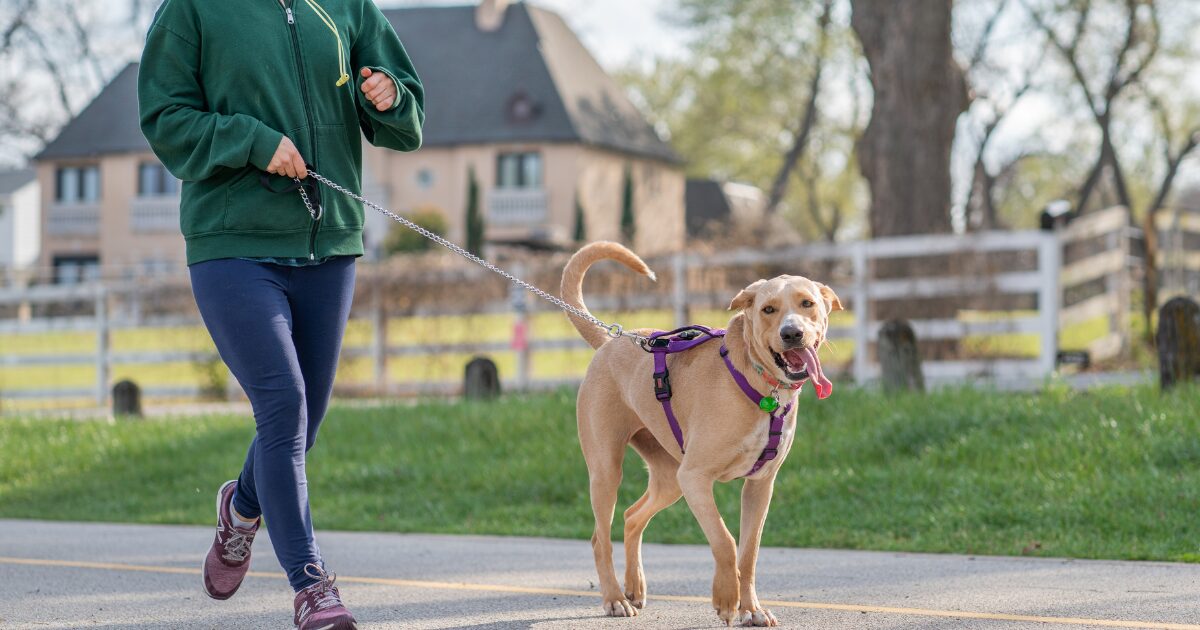
If you’re a dog owner, there’s a high chance you’ve experienced the frustration of walking a dog that pulls on the leash. What should be a peaceful walk in the park or a casual stroll down your street can quickly turn into an exhausting tug-of-war. Whether you’re a new dog parent or an experienced one, leash pulling can turn every outing into a battle, making you dread taking your dog out for a walk. Fortunately, leash walking training for dogs can solve this issue! With the right tools, techniques, and patience, you can train your dog to walk calmly at your side.
In this guide, we’re going to dive deep into 7 essential leash walking training tips for dogs who pull. These tips are designed to help you regain control over your walks and teach your dog proper leash etiquette. Whether you have a hyperactive puppy, an excitable dog, or a more mature dog that’s developed pulling habits, these tips will help make your walks enjoyable again.
1. Understanding Why Your Dog Pulls: Essential AND BEST Leash Walking Training Tips
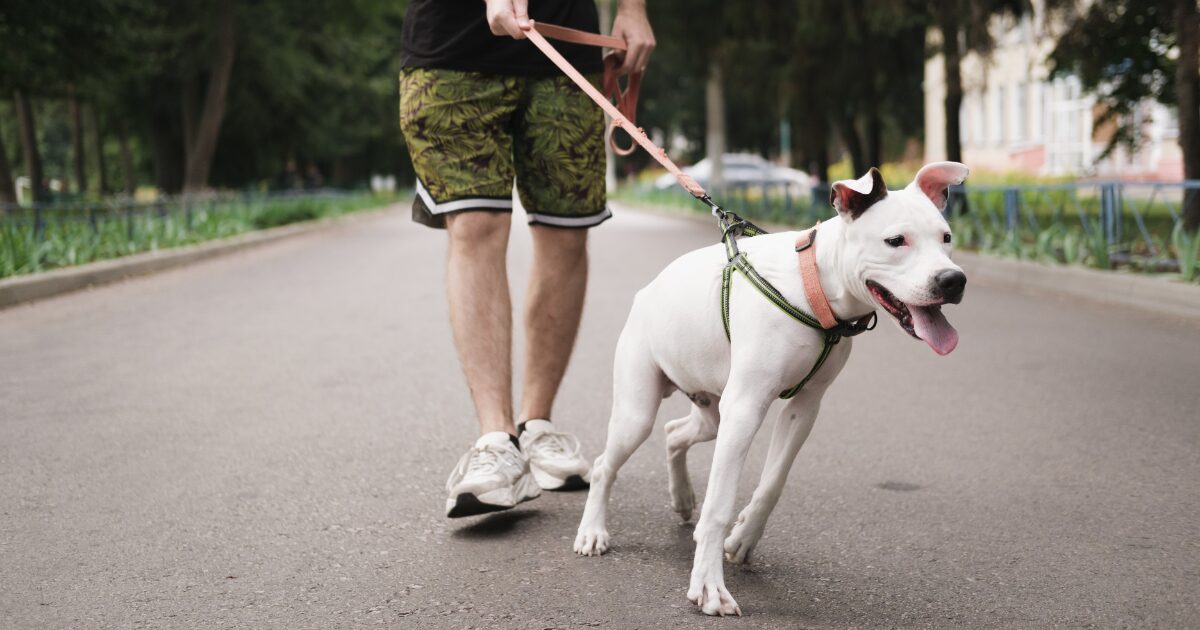
The Root Causes of Leash Pulling
Before you can successfully tackle leash pulling, it’s important to first understand why your dog is pulling in the first place. The root cause of your dog’s leash pulling behavior can vary from excitement to anxiety, to lack of proper training, and everything in between.
Excitement and Sensory Overload
One of the most common reasons dogs pull is due to excitement. When dogs are on walks, they are often overwhelmed by the new sights, sounds, and smells. The world is a sensory overload for them, and walking quickly or pulling on the leash helps them get closer to the things they’re interested in—whether it’s a specific location, another dog, or simply the promise of an adventure. Puppies and younger dogs tend to pull more as they are learning how to navigate the world around them, and their high energy levels may make controlling their movements challenging.
Breed and Personality Considerations
Pulling can also occur because of the dog’s breed or personality. Some breeds, like Huskies or Greyhounds, are more independent and can be more headstrong when it comes to walking on a leash. These dogs may pull because they are simply trying to get where they want to go faster or explore more independently. In such cases, leash walking training for dogs can be particularly important as these dogs may not intuitively walk at their owner’s pace or remain at their side during walks.
Anxiety and Fear Factors
Another reason dogs pull could be anxiety or fear. For dogs who experience nervousness, pulling may be an instinctive response to stress. If your dog becomes anxious during walks, they may pull to avoid situations or objects they find unsettling. This is often the case when dogs are exposed to unfamiliar environments or during certain social situations, like passing by other dogs or encountering loud noises.
Reinforcing Pulling Behaviors
Leash walking training for dogs will be most successful when you understand these motivations. When you know the underlying reasons for your dog’s pulling, you can tailor your training approach accordingly. For instance, if your dog is pulling out of excitement, you may need to focus more on teaching them to stay calm and wait for your cues. If anxiety is the problem, gradual desensitization to stressful stimuli might be necessary to help your dog build confidence and comfort during walks.
Cause-and-Effect of Pulling
It’s also important to note that many dogs learn to pull due to reinforcement—when they pull and the leash tightens, they’re often rewarded with forward motion. They may think pulling gets them to their destination faster, which encourages the behavior. Understanding this cause-and-effect relationship is vital when trying to train your dog to stop pulling.
2. Set the Right Expectations: Leash Walking Training for Dogs Starts with Consistency
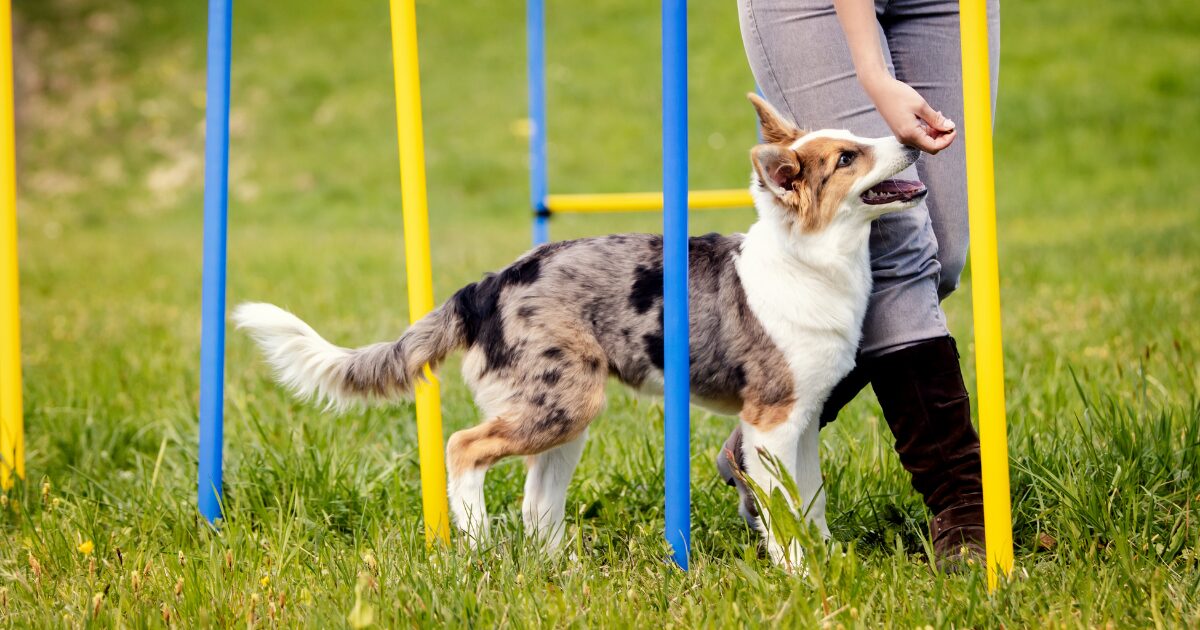
The Importance of Consistency in Training
When it comes to leash walking training for dogs, consistency is absolutely crucial. Dogs are creatures of habit and thrive on routine. If your dog doesn’t know what to expect from each walk, they will likely get confused and frustrated, leading to setbacks in their training. Training a dog to walk properly on a leash requires you to set clear expectations for their behavior and stick to those rules every single time.
How Inconsistency Impacts Training Progress
One of the main reasons dog owners struggle with leash walking training is because they are inconsistent with their approach. For example, if your dog pulls on the leash one day and you let them get away with it but correct them the next day, they won’t understand why their behavior is suddenly being penalized. This lack of consistency can confuse your dog and make training harder.
Rewarding Positive Behavior Consistently
Consistency is needed not only in terms of correcting undesirable behavior but also in rewarding positive behavior. If you’ve trained your dog to walk calmly at your side, rewarding them consistently when they walk in that manner will reinforce the behavior. On the flip side, if you only reward them sporadically or allow them to pull on occasion, they will have difficulty distinguishing between what is acceptable and what is not. By rewarding your dog with praise, treats, or a toy every time they walk calmly on the leash, they will begin to associate proper behavior with positive outcomes.
Keeping Expectations Clear for Everyone Involved
The key to being consistent is sticking to the same set of rules. For example, if you’ve decided that your dog must always walk on a loose leash, never let them pull—regardless of how much they seem to want to or how urgent the situation might feel. You can’t afford to let it slide for just one walk or for a brief moment. This consistency should also be maintained by anyone who walks your dog. If you have multiple people involved in your dog’s care, it’s important that everyone is on the same page. If one person allows the dog to pull but another person corrects them, it creates mixed signals for the dog, and the behavior won’t change.
Remaining Patient with Your Dog’s Progress
It’s also important to remain patient with your dog. Dogs don’t always learn new behaviors immediately. It will take time, especially if your dog has been pulling for a long time. Maintaining your consistency is key to success, even when it feels like your dog isn’t getting it.
The Role of Repetition in Effective Training
One additional tip for maintaining consistency is to use the same training methods each time. If you’re using positive reinforcement, always use the same type of rewards, whether it’s treats or verbal praise. If you’re using the stop-and-go technique (more on that later), ensure you always follow the same approach. This way, your dog will begin to expect the same thing every time, and the learning process will become smoother and more effective.
3. Master the Basics: How to Start Leash Walking Training for Dogs the Right Way
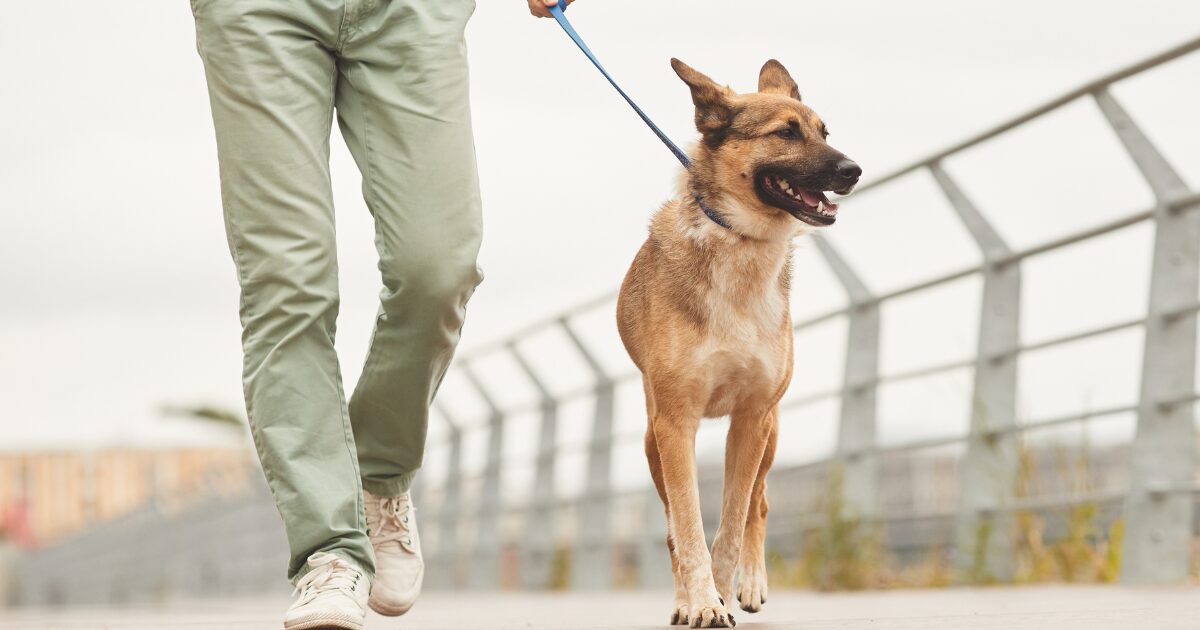
Setting the Foundation for Leash Walking Training for Dogs
When starting leash walking training for dogs, the foundation is everything. Before attempting advanced techniques or tackling distractions in the environment, you need to ensure your dog has mastered the basics. Starting with the basics helps prevent frustration and sets you up for long-term success.
Getting Your Dog Comfortable with Walking Gear
First and foremost, it’s essential to get your dog comfortable with the equipment. Whether you’re using a collar and leash or a harness, make sure your dog is familiar with their walking gear. Before even stepping outside, let your dog wear the leash and harness indoors for short periods to get used to the sensation. This will ensure that your dog doesn’t feel restricted or uncomfortable when it’s time for a walk. Once they’re relaxed with the gear, it’s time to move on to actual training.
Starting in Low-Distraction Environments
Start in a calm, low-distraction area like your backyard or inside your home. Attach the leash to your dog’s harness or collar and begin walking. Keep the leash short but not tight. Ideally, the leash should have a little slack, which will allow your dog to move without restriction while giving you enough control. As you walk, reward your dog for staying by your side with treats, praise, or affection.
Teaching the Concept of Loose Leash Walking
At this stage, don’t expect your dog to walk perfectly right away. It may take time for them to get used to walking calmly on the leash. If your dog pulls, immediately stop walking. Stand still and wait for your dog to return to your side or for the leash to slacken. This is a key concept in leash walking training for dogs: when the leash is tight, walking stops. When the leash is loose, walking resumes. The idea is to teach your dog that pulling leads to no forward motion, while walking calmly results in progress.
Focusing on Attention and Engagement
Another important step in mastering the basics is getting your dog to focus on you. One of the easiest ways to achieve this is by using treats or toys as a form of attention grabber. Hold the treat in your hand at chest level and encourage your dog to look up at you. Reward them with the treat when they make eye contact or walk at your side. This exercise helps reinforce the idea that walking alongside you is a desirable outcome, especially in the early stages of training.
Gradually Increasing Training Complexity
As your dog becomes more proficient at walking on a loose leash, you can gradually increase the level of difficulty by introducing new environments. However, don’t rush the process. Master the basics first, and then add complexity step by step.
4. The Power of Positive Reinforcement in Leash Walking Training for Dogs
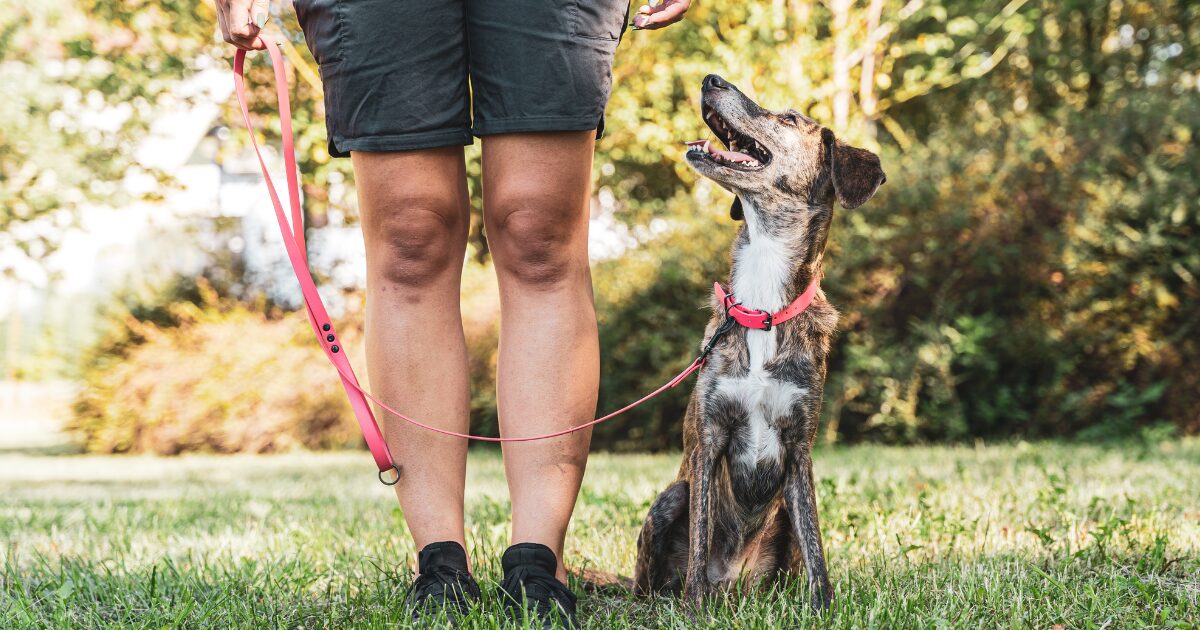
When it comes to leash walking training for dogs, positive reinforcement is one of the most effective techniques you can use. Instead of punishing undesirable behaviors, positive reinforcement focuses on rewarding desirable behaviors. This method encourages your dog to repeat the behavior that gets them rewarded, and over time, they will associate calm leash walking with positive experiences.
Positive reinforcement works by rewarding your dog immediately after they demonstrate the desired behavior. For example, when your dog walks calmly by your side, immediately reward them with treats, praise, or both. The reward helps reinforce the connection between the good behavior (calm walking) and the positive outcome (treat or praise). Dogs are motivated by rewards, and when they begin to understand that walking calmly on the leash leads to good things, they’re more likely to repeat that behavior in the future.
Building Trust and Strengthening the Bond Through Positive Reinforcement
One of the major advantages of positive reinforcement is that it builds a stronger bond between you and your dog. Instead of focusing on correcting behavior, you’re teaching your dog in a positive, nurturing way. Dogs thrive on praise and attention, and when they feel appreciated and rewarded for their good actions, they develop a sense of trust with you.
Positive reinforcement also makes training enjoyable for your dog. If training feels like a game or a fun activity where they’re constantly receiving rewards, your dog will approach training sessions with enthusiasm and eagerness. This can be particularly beneficial for dogs who may be more independent or stubborn, as they’ll be motivated to engage in training.
However, positive reinforcement isn’t just about treats. Verbal praise, affection, and even toys can be used as rewards. If your dog loves fetch, for example, you can use a game of fetch as a reward for walking calmly on the leash. The key is to find what motivates your dog the most and use it during training.
5. Master the “Stop and Go” Technique: A Game-Changer for Leash Walking Training for Dogs
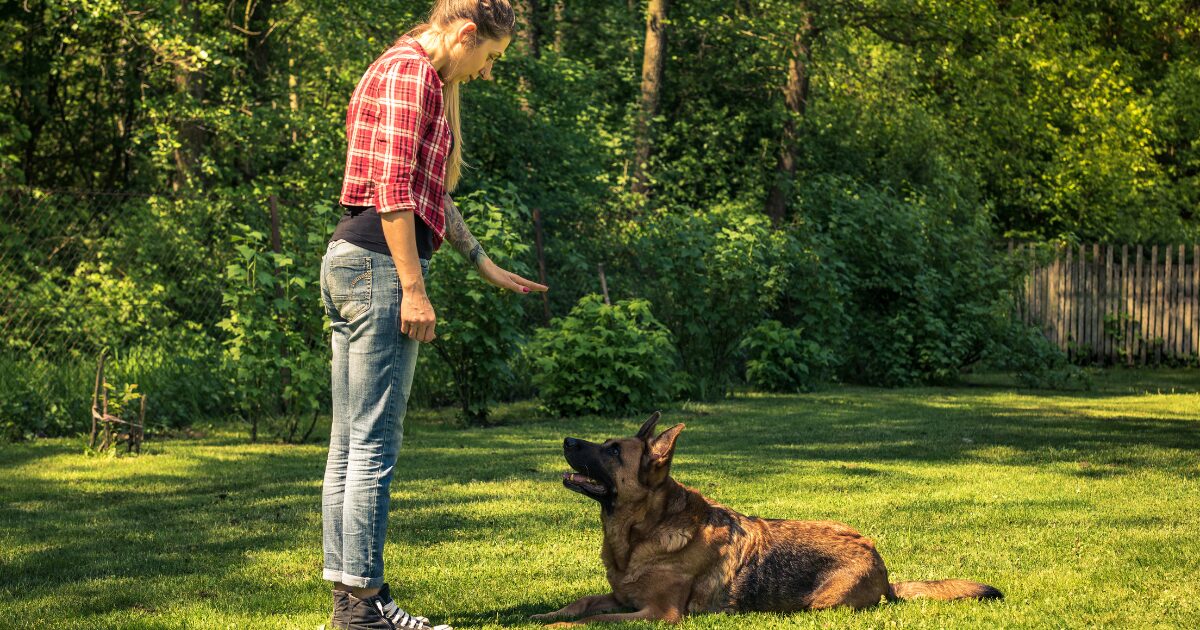
One of the most effective methods to stop leash pulling is the “Stop and Go” technique. This simple yet powerful approach teaches your dog that pulling does not lead to forward movement, but walking calmly does. The concept is simple, and it works wonders for dogs who are prone to pulling.
To use this technique, start walking with your dog on a loose leash. As soon as your dog begins to pull
, immediately stop walking. Don’t move a step forward until your dog has relaxed or the leash becomes slack. It may take a few moments, but once your dog realizes that pulling doesn’t get them anywhere, they’ll start to understand the relationship between leash tension and forward movement.
The beauty of the Stop and Go method is that it gives your dog control over the walk. They quickly learn that pulling doesn’t speed things up and that walking calmly at your side leads to progress. Every time you stop, your dog will have the opportunity to correct their behavior by returning to you, making them feel more in control of the situation.
Consistency is critical when using the Stop and Go method. Every time your dog pulls, stop. As soon as the leash slackens, resume walking. You may need to repeat this process numerous times, but with patience and consistency, your dog will learn that pulling slows the walk down and walking calmly speeds it up.
This technique can also be used with distractions. If your dog pulls toward another dog, person, or object, stop immediately and wait for them to focus back on you. Once your dog realizes that pulling leads to halting the walk, they’ll learn to stay at your side even when faced with distractions.
6. Choosing the Right Equipment for Success in Leash Walking Training for Dogs
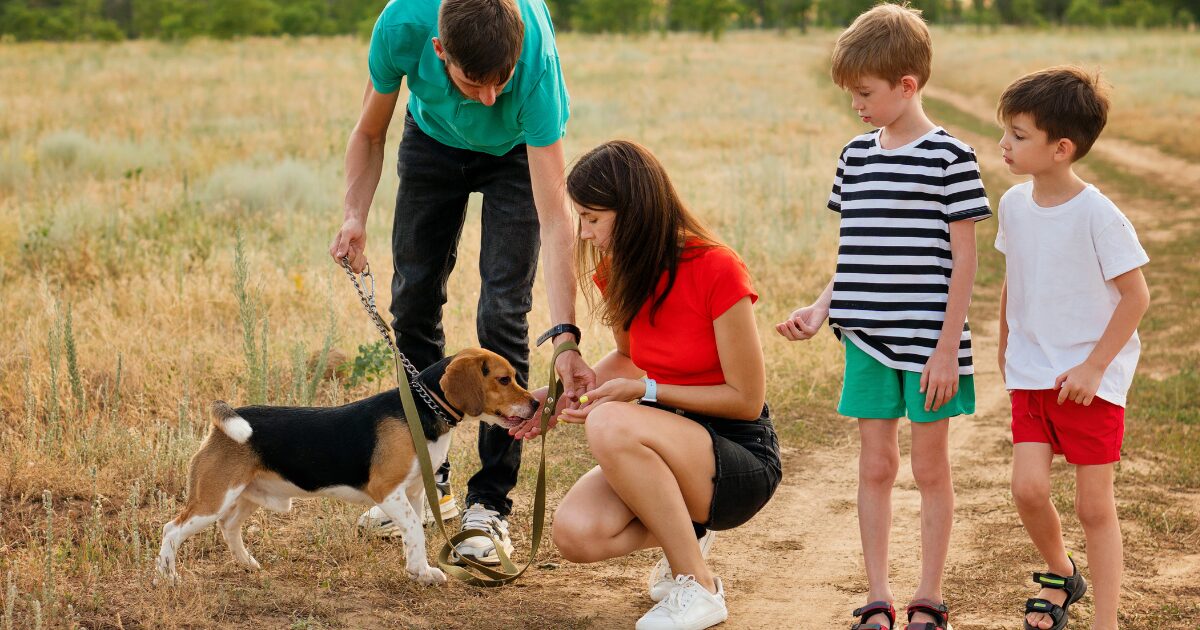
The right equipment can make or break your leash walking training for dogs. There are various tools available that can assist you in managing your dog’s behavior while keeping them comfortable. Choosing the right gear depends on your dog’s size, temperament, and the type of training you are doing.
A front-clip harness is one of the most popular choices for dogs who pull. These harnesses are designed to redirect the dog’s attention toward the handler when they pull, making it harder for them to continue dragging you along. This type of harness also avoids putting pressure on your dog’s neck, which is especially important for dogs with respiratory issues or smaller breeds with delicate throats.
For dogs who are very strong or particularly stubborn pullers, you may want to consider using a head halter. Head halters work by gently guiding your dog’s head, which in turn helps redirect their entire body. While this may seem intimidating at first, many dogs adjust to head halters quickly, and they provide excellent control over a dog that’s prone to pulling.
When selecting a leash, avoid retractable leashes. These leashes can encourage pulling by giving your dog too much freedom and making it difficult to correct their behavior. Instead, choose a standard leash that is between 4 and 6 feet long. This length allows you to keep your dog close without giving them too much room to pull ahead.
Lastly, make sure the equipment fits your dog properly. A loose harness may slip off or cause discomfort, while an overly tight collar or harness can lead to injury or frustration. Your dog’s walking gear should fit snugly but not be too tight, and it should allow them to move comfortably.
7. Advanced Leash Walking Training for Dogs: Overcoming Common Setbacks and Stubborn Pullers
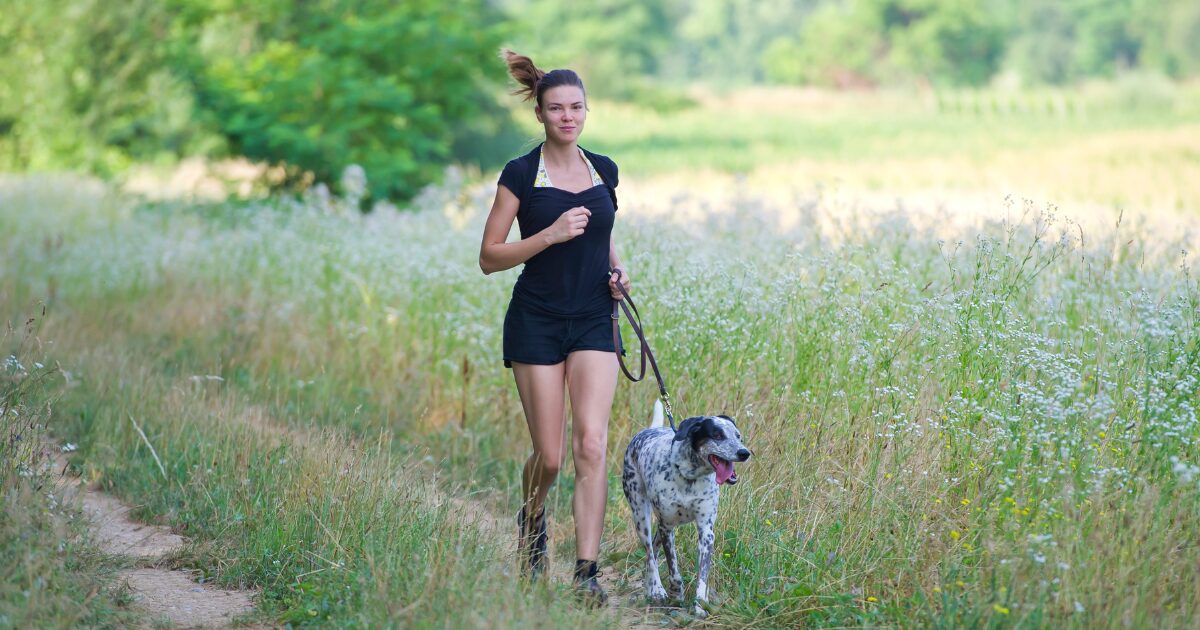
Challenges in Advanced Leash Walking Training
After you’ve mastered the basics of leash walking training for dogs, you may face new challenges as your dog becomes more familiar with the process. The next step is advanced training, where you tackle distractions and stubborn pullers.
Training in Busy Environments
As you move into more complex environments, such as busy streets or parks, your dog may become distracted by the sights and sounds around them. In these situations, it’s important to maintain control and continue using your basic training techniques, like positive reinforcement and Stop and Go. Keeping your dog focused on you is key to success in these environments, and regular practice will help your dog stay on track, even amidst distractions.
Addressing Stubborn Pullers
Some dogs, especially those who’ve been pulling for a long time, may remain stubborn even after months of training. If this happens, it’s important not to get discouraged. Stay consistent and patient. You may need to go back to basic training in quieter environments and gradually build up to more challenging situations. It’s also helpful to use more high-value rewards, like their favorite treat or toy, to keep their attention during training.
Seeking Professional Help When Necessary
If your dog continues to pull despite your best efforts, or if you’re facing particularly tough behavioral challenges, don’t hesitate to seek professional help. A certified dog trainer who specializes in leash walking can provide additional guidance and techniques to overcome difficult pulling behaviors.
Conclusion: Enjoy Stress-Free Walks with Consistent Leash Walking Training for Dogs
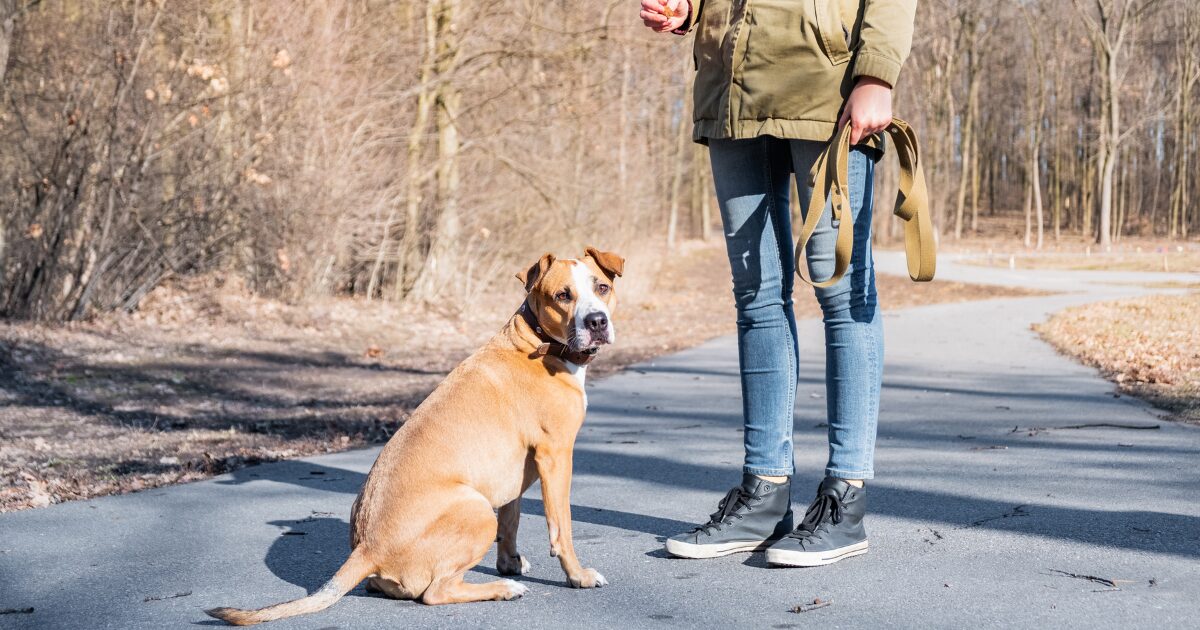
Training your dog to walk calmly on a leash is not only a matter of convenience but also an essential part of building a positive relationship between you and your furry companion. While the process can be challenging at times, with patience, consistency, and the right training techniques, you can say goodbye to the tug-of-war and enjoy stress-free walks.
By understanding why your dog pulls, setting realistic expectations, mastering the basics, and reinforcing good behavior with positive reinforcement, you can teach your dog to walk calmly at your side. Additionally, techniques like the “Stop and Go” method, the right equipment, and advanced training tips will help you overcome any setbacks and keep your dog on track.
Remember, leash walking training for dogs is a journey, not a destination. Every dog learns at their own pace, and with your dedication and the right approach, you’ll see progress over time. So keep practicing, stay consistent, and before you know it, your walks will be enjoyable again—no more pulling, no more frustration, just happy strolls with your best friend.
For more information and resources to help with your dog’s leash walking training, visit The Paws Hub!